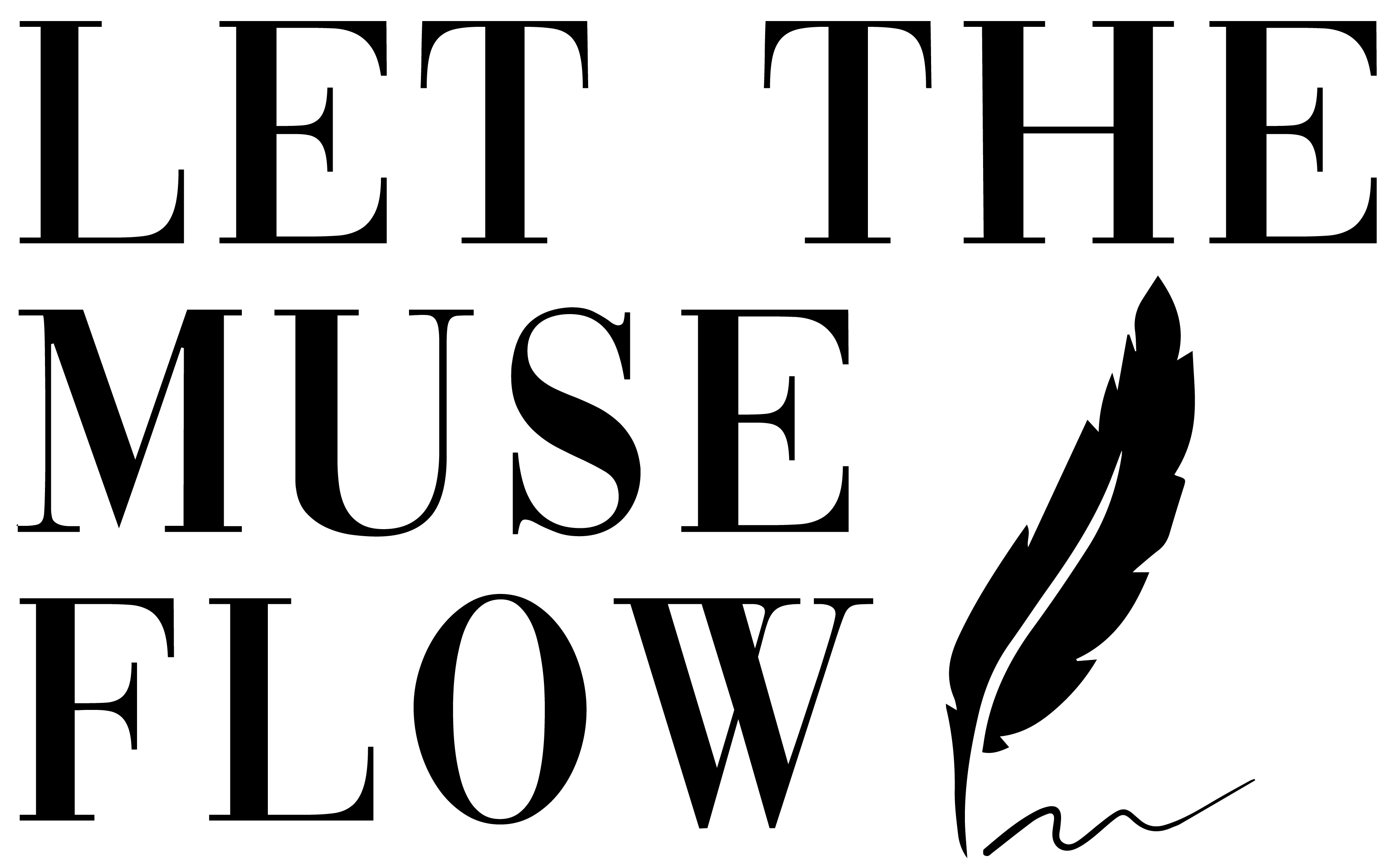
How does your consumer perceive your brand?
Do they find it sensorial? Educational? Entertaining? Emotional? Experiential? Esthetic? Ecstatic? (A book titled The Experience Economy by Joseph Pine II and James H Gilmore talks about certain set of experience dimensions that your brand can cultivate, a few mentioned here.)
When you think of Apple, Nike, Lego, Disney, Starbucks – what kind of an image conjures up in your mind?
It is the enduring perception that drives the true essence of your brand in the minds of your consumers.
This is why brand experience is the ultimate competitive edge you can have over your market competitors.
So, what is brand experience?
Holistically, it is the summation of emotions, feelings, impressions, thoughts and sensations that is created in the minds and hearts of your consumers. To truly stay distinct, through these collective associations, it is imperative for your brand’s design and identity, packaging and overall communications to reflect this voice, consistently, and in a harmonised way.
Moreover, brand experience affects consumer behaviour and also reflects how well you’re built from within – with your mission, values, vision and cultural DNA- to stay afloat in your business and brand ecosystem.
A quote by Chris Cavanaugh (Freeman) puts it this way:
“[It’s] about designing a sensory experience that brings a person into a lasting and meaningful relationship with a brand”.
That said, your brand experience hinges on how well can you differentiate yourself and stand out from the market.
Readily, here are 5 important elements that construct your brand experience.
Marketing research – to know your competitor’s brand language, tonality and overall flow of communication.
Brand identity and image analysis- Deliberate co-creation of brand insights from both internal and external stakeholders (as mentioned in the book Co-creating Brands).
Forming brand meaning that lasts with time.
Embracing the overarching brand theme that is consistent across communication channels.
As per the Experience Economy book, harmonising the brand impressions, which also means negating the ones that are not in sync with your brand’s construct.
To create that lingering impact on your consumers, start with activating the first principles to seek the truth of your brand. And then, communicate that truth (your big why) through all your brand touchpoints to augment your brand experience.
Photo by Kristian Egelund on Unsplash

